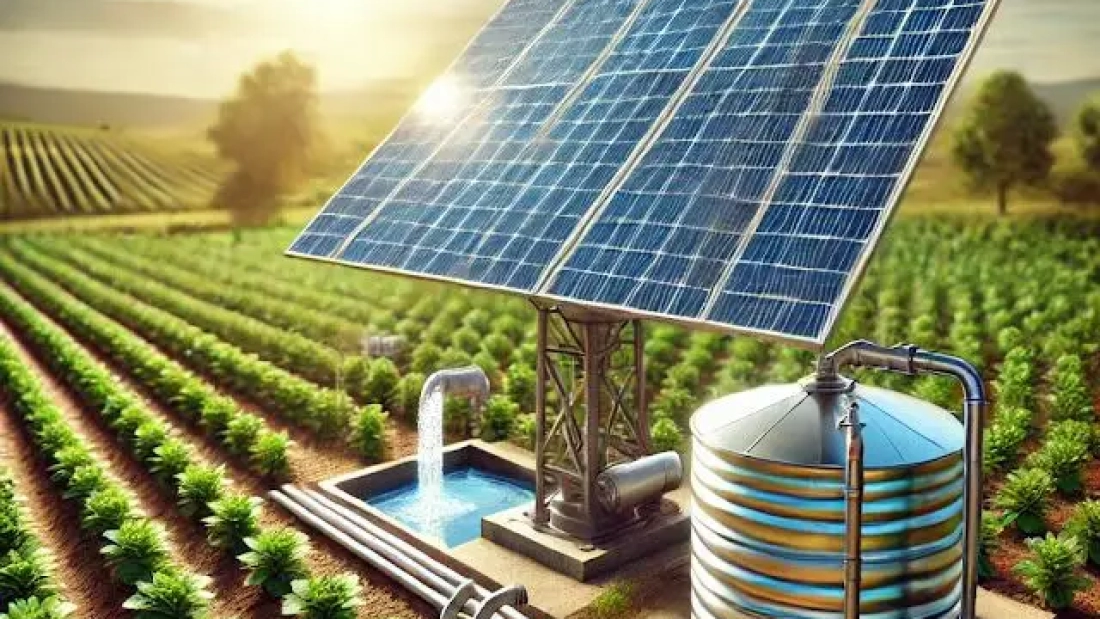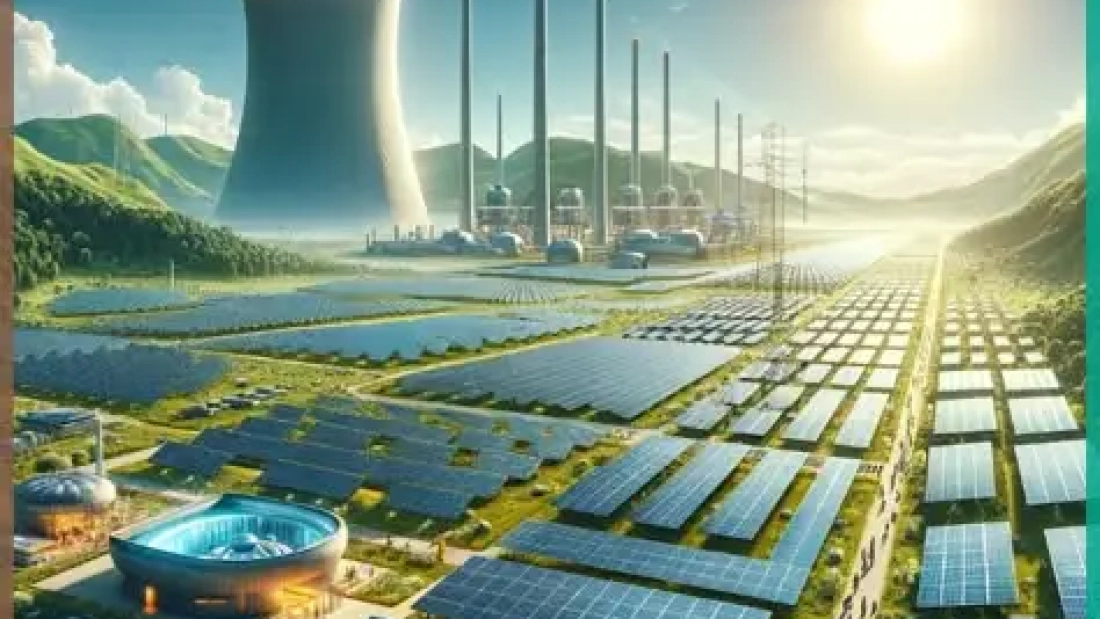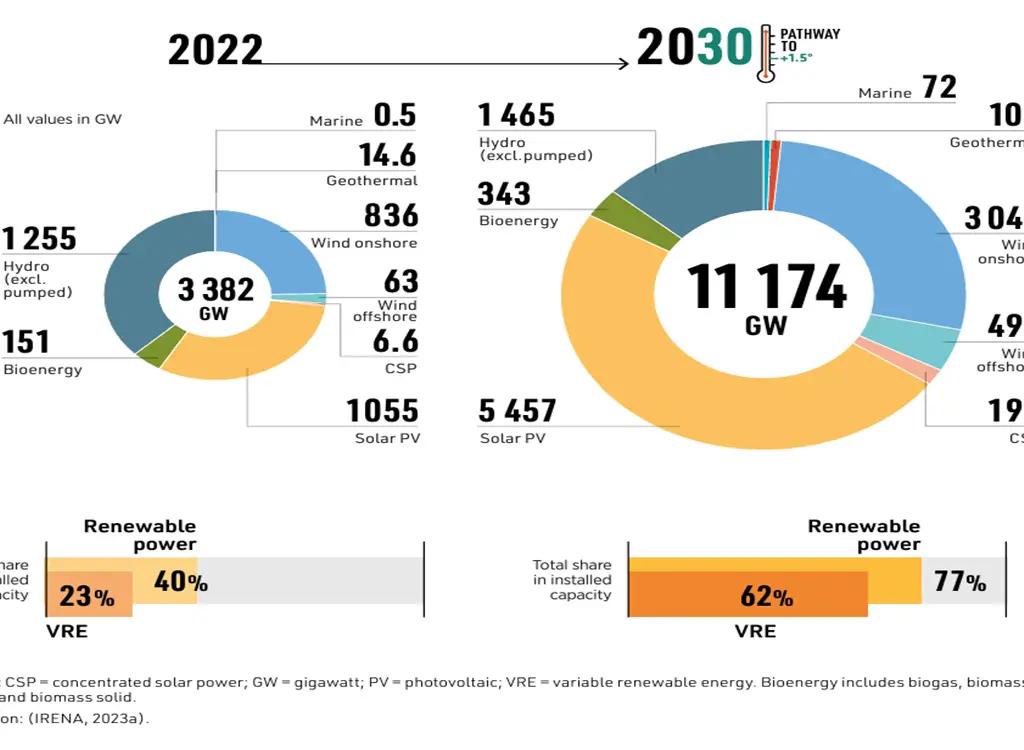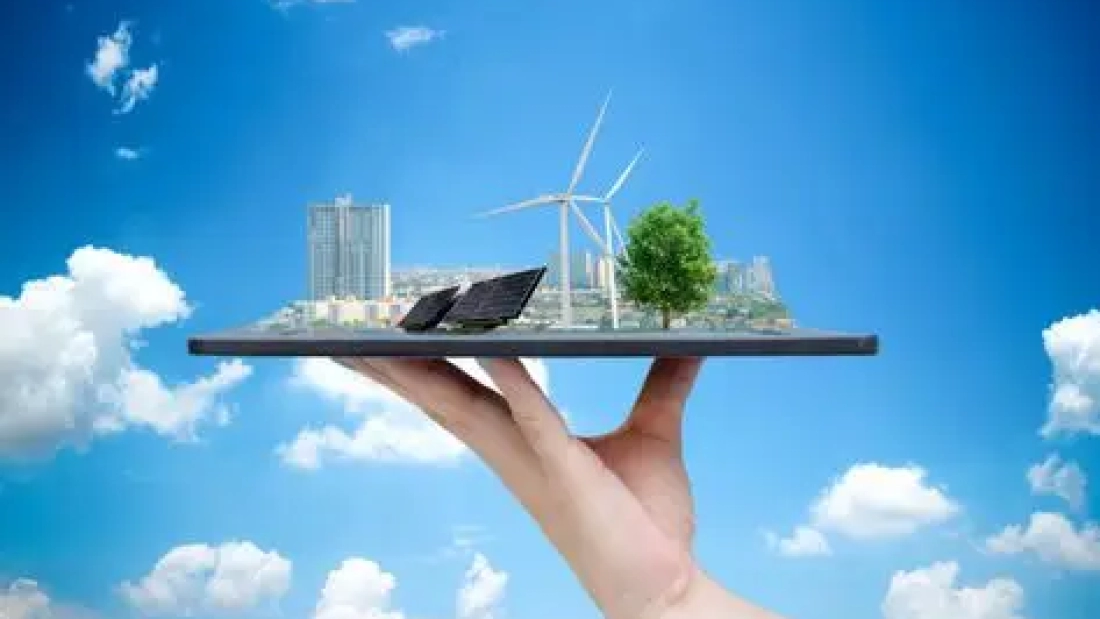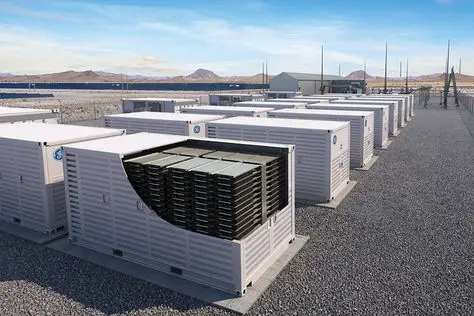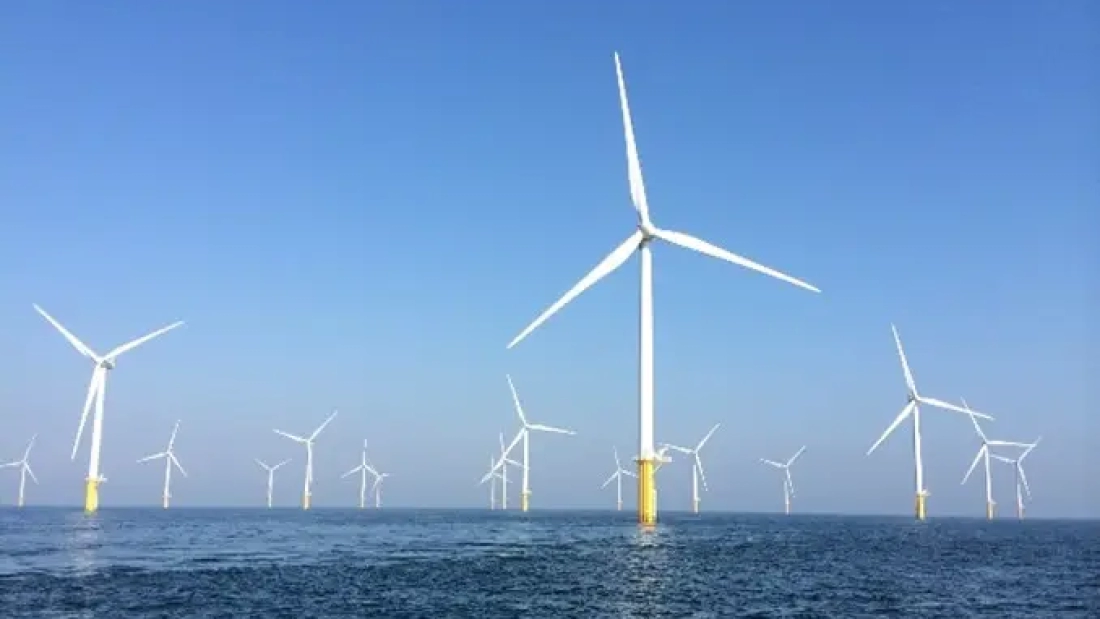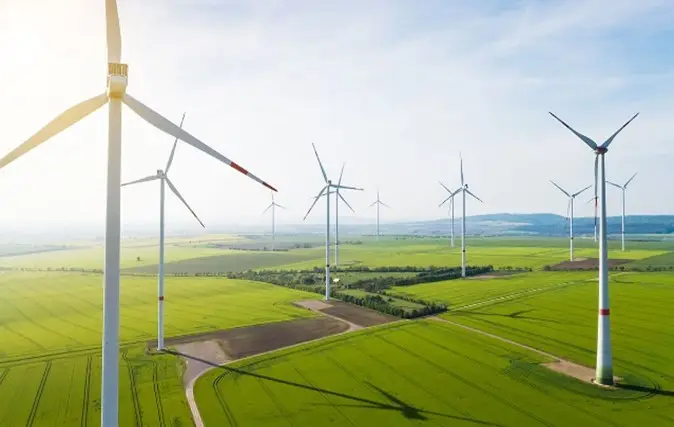Solar water pump systems have evolved from basic, expensive setups to highly efficient, intelligent, and scalable solutions. Early models relied on direct solar connections with limited efficiency, but advancements in PV technology, battery storage, and MPPT controllers have significantly improved performance. The 2010s saw the integration of hybrid systems, IoT monitoring, and automation, enhancing water management. Today, AI-driven smart irrigation, variable frequency drives, and high-efficiency solar panels enable cost-effective, large-scale adoption. With declining costs and innovative financing models, solar water pumps are transforming agriculture and water access, particularly in off-grid and locations with no proper supply of electricity. The market for solar-powered pumps is growing steadily at a compound annual growth rate of 5 % increase per year which indicate a profitable investment in this technology.
The main components of a solar-powered water pump are a solar panel, a water pump, a charge controller, MPPT inverter, a storage tank, electrical cables, and a breaker. Solar pumps may be classified into 4 different types:
- Solar surface pump: The surface pump may be used within bodies of water around 15 meters deep. This type is most used in ponds, canals, or lakes. This technology is designed to work on the surface of bodies of water without the need to descend below the water level.
- Solar submersible pump: The solar submersible pump may be used for bodies of water greater than 15 m in depth. This technology is mostly used in India for the irrigation of fields from bore wells. The submersible pump is engineered to operate completely below the water level in which a BLDC or ‘Brushless Direct Current’ submersible pump is used. The pump exhibits the ability to lift 650ft of water given that the well water is greater than 20 ft above the surface. This model should be used up to a maximum pump depth of 50 m.
- DC solar pump: The solar-powered pumping system uses a DC pump that decreases the cost of installation because an inverter is not needed.
- AC solar pump: The solar-powered pumping system uses a pump that operates on alternating current in which an inverter is needed.
There are many advantages and disadvantages of utilizing a solar-powered water pump including:
Advantages
- Environmentally friendly with simple installation and maintenance costs.
- The maintenance and operation costs are affordable.
- It works without the use of fuel and can be relocated easily
- It is recommended for rural areas
Disadvantages
- Installation is costly due to the addition of a battery and a storage tank.
- If an ac pump is used, the cost increases as an inverter is required
- Due to the intermittency of solar energy, this technology depends on the climate and weather conditions.
Solar-powered water pumps are transforming agriculture, benefiting farmers and rural communities by providing an affordable and sustainable irrigation solution. With low operational and maintenance costs, this technology is accessible even to remote communities.
India stands out as a leading adopter, where farmers have experienced significant advantages, including more efficient irrigation, increased crop yields, and reduced reliance on fossil fuels. According to IRENA, replacing diesel pumps with solar-powered alternatives has led to a 161% increase in annual monetary savings for Indian farmers. This highlights the economic and environmental benefits of solar pumping, improving livelihoods and promoting sustainability.
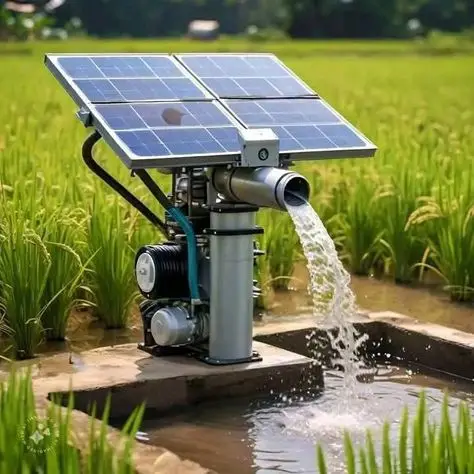
In developing regions, solar-powered pumps can drive meaningful change. Scaling up their adoption requires careful consideration of cross-sector factors in program design and implementation to maximize socio-economic benefits and ensure long-term sustainability.
While the lovely valley teems with vapor around me, and the meridian sun strikes the upper surface of the impenetrable foliage of my trees, and but a few stray gleams steal into the inner sanctuary, I throw myself down among the tall grass by the trickling stream; and, as I lie close to the earth, a thousand unknown plants are noticed by me: when I hear the buzz of the little world among the stalks, and grow familiar with the countless indescribable forms of the insects and flies, then I feel the presence of the Almighty, who formed us in his own image, and the breath of that universal love which bears and sustains us, as it floats around us in an eternity of bliss; and then, my friend, when darkness overspreads my eyes, and heaven and earth seem to dwell in my soul and absorb its power, like the form of a beloved mistress, then I often think with longing, Oh, would I could describe these conceptions, could impress upon paper all that is living so full and warm within me, that it might be the mirror of my soul, as my soul is the mirror of the infinite God!
O my friend — but it is too much for my strength — I sink under the weight of the splendor of these visions! A wonderful serenity has taken possession of my entire soul, like these sweet mornings of spring which I enjoy with my whole heart. I am alone, and feel the charm of existence in this spot, which was created for the bliss of souls like mine.
I am so happy, my dear friend, so absorbed in the exquisite sense of mere tranquil existence, that I neglect my talents. I should be incapable of drawing a single stroke at the present moment; and yet I feel that I never was a greater artist than now.
When, while the lovely valley teems with vapor around me, and the meridian sun strikes the upper surface of the impenetrable foliage of my trees, and but a few stray gleams steal into the inner sanctuary, I throw myself down among the tall grass by the trickling stream; and, as I lie close to the earth, a thousand unknown plants are noticed by me: when I hear the buzz of the little world among the stalks, and grow familiar with the countless indescribable forms of the insects and flies, then I feel the presence of the Almighty, who formed us in his own image, and the breath of that universal love which bears and sustains us, as it floats around us in an eternity of bliss; and then, my friend, when darkness overspreads my eyes, and heaven and earth seem to dwell in my soul and absorb its power, like the form of a beloved mistress, then I often think with longing, Oh, would I could describe these conceptions, could impress upon paper all that is living so full and warm within me.
113

